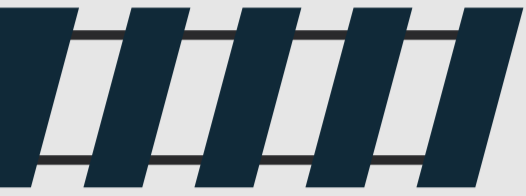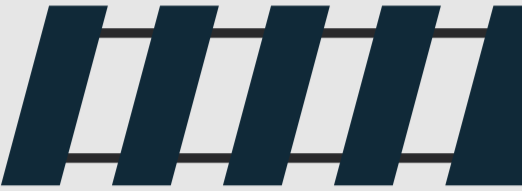Monitoring ICT
| Assessment of IOL and common adverse events of ICT. Ideal assessments are listed and mandatory assessments bolded. | |||
|---|---|---|---|
| Observation | Frequency | IOL assessment | AE monitoring |
| Iron intake rate | Each transfusion | ✔ | |
| Chelation dose and frequency | 3 monthly | ✔ | ✔ |
| Renal functiona | As frequently as required | ✔ | |
| Liver function | 3 monthly | ✔ | ✔ |
| Sequential serum ferritin, transferrin saturationb | 3 monthly | ✔ | |
| GTT, thyroid, calcium metabolism (BMDc) | Yearly in adults | ✔ | |
| Liver iron (T2* MRI)d | At baseline where feasible and subsequently as clinically indicated | ✔ | |
| Cardiac function (echo, MRI, ecg) | At baseline then as clinically indicated | ✔ | |
| Cardiac iron (T2* MRI) | For patients receiving >50U RBC prior to ICT, or with CHF or arrythmias | ✔ | |
| Slit lamp examination, audiometry | Yearly | ✔ | |
|
AE, adverse event; BMD, bone mineral density; CHF, congestive heart failure; ecg, electrocardiogram; echo, echocardiogram; GTT, glucose tolerance test; ICT, iron chelation therapy; IOL, iron overload; MRI, magnetic resonance imaging; RBC, red blood cells; U, units acreatinine should be measured at least every two weeks with each dose increase until stable btransferrin saturation >80% may indicate the presence of oxidative stress (reference [1]) cbased on early/suggestive data in transfusion dependent hemoglobinopathies (reference [2]) dup to 25% of hepatic IOL is underestimated by serum ferritin level (reference [3]) Reprinted from Leitch HA. 2014 Canadian Perspectives in Clinical Hematology; 2:4-10, with permission and from Leitch HA, et al; Crit Rev Oncol Hematol. 2017 May;113:156-170 with permission. References: 1. Sahlstedt L, et al. Br J Hematol. 2001;113:836-838. 2. Ezzat H, et al. Blood. 2012;120, abstract 3203. 3. Nolte F, et al. Ann. Hematol. 2013;92:191-198. |
|||



